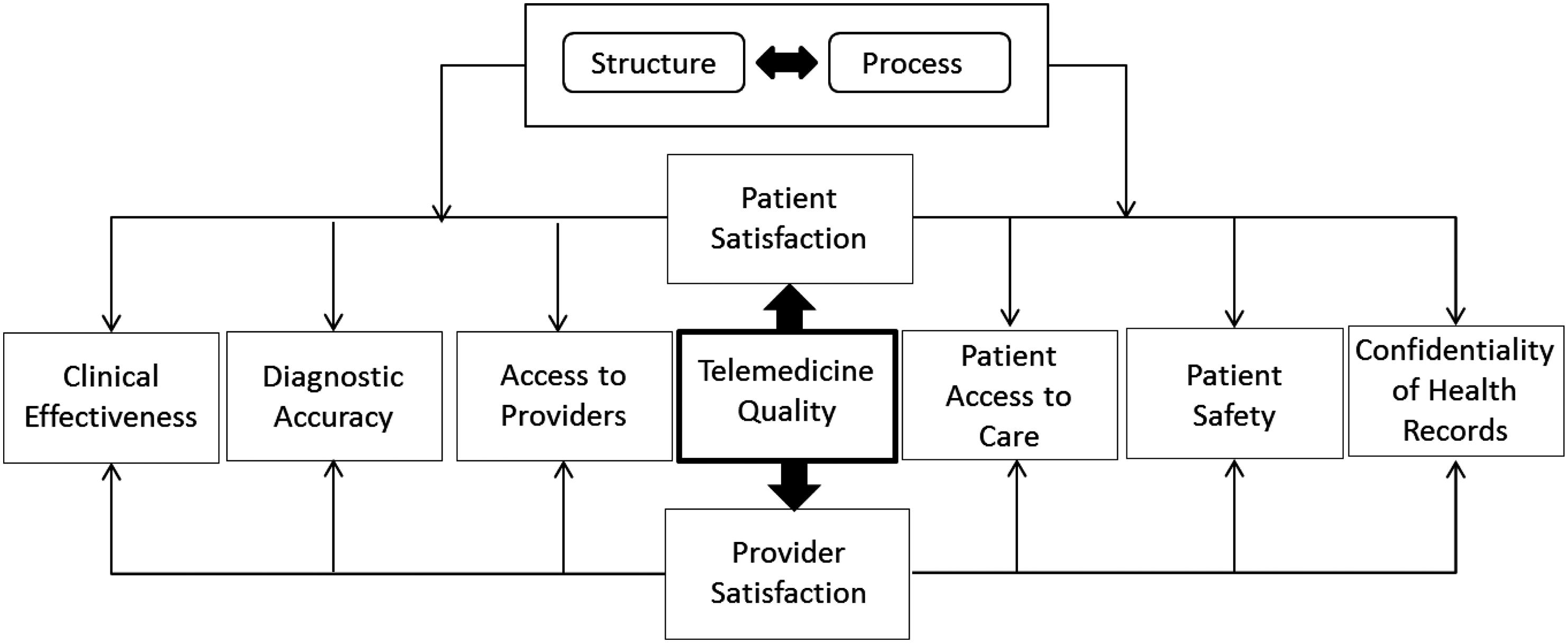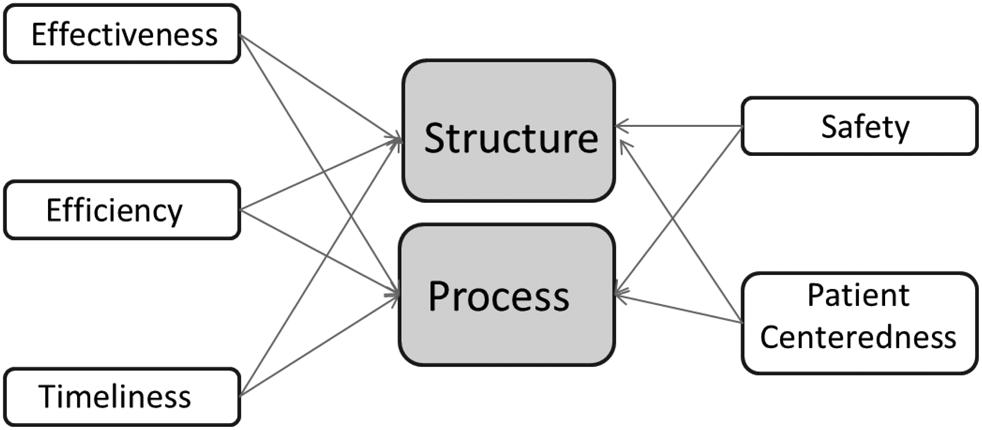
1 minute read
Data and Insights in Healthcare
enormous amounts of data and promote diagnosis. The ability to store more medical information containing journals, treatments, and symptoms is much faster than any human competency. Earlier, diagnostic programs regarding disease-specific features were written using predefined assumptions. Now, with the development of Al, a wider variety of conditions and diseases can be easily handled (Insights Success, 2017). ◾ Al is particularly used to improve imaging modalities that include reading X-rays, CT scans, and suspicious nodules and lesions in cancer patients. This technology combines machine learning and neuroscience to generate powerful learning algorithms into a neural network that mimics a human brain (Insights Success, 2017). ◾ Al has shown tremendous value in treatment. Beyond scanning records,
Al can help take a more comprehensive approach toward disease management, assist with the better coordination of healthcare programs, and help patients manage their long-term treatment plans. Using Al, doctors can gather collective information on patients’ visits and analyze which treatment works best for them. ◾ For decades, robots have been used in medicine, from simple laboratory robots to highly advanced surgical robots that can help a human surgeon or execute procedures themselves. Furthermore, they are used in labs and healthcare organizations for repetitive tasks and to support those with long-term conditions.
Advertisement
Chatbots could save organizations $8 billion annually world-wide by 2022, up from $20 million this year, according to one forecast (Siwicki, 2017; Juniper Research, 2017). The annual cost savings from the adoption of chatbots in healthcare will reach $3.6 billion globally by 2022, up from an estimated $2.8 million in 2017. This growth will average 320 percent per annum, as Al-powered chatbots will drive improved customer experiences for patients (Juniper Research, 2017).
In the era of big data and advanced data analytics, there is no doubt that the healthcare industry has unprecedented access to vast amounts of data that was previously unavailable, including socioeconomic, biomedical, environmental, molecular and genetic information, health status, and prevalence of





